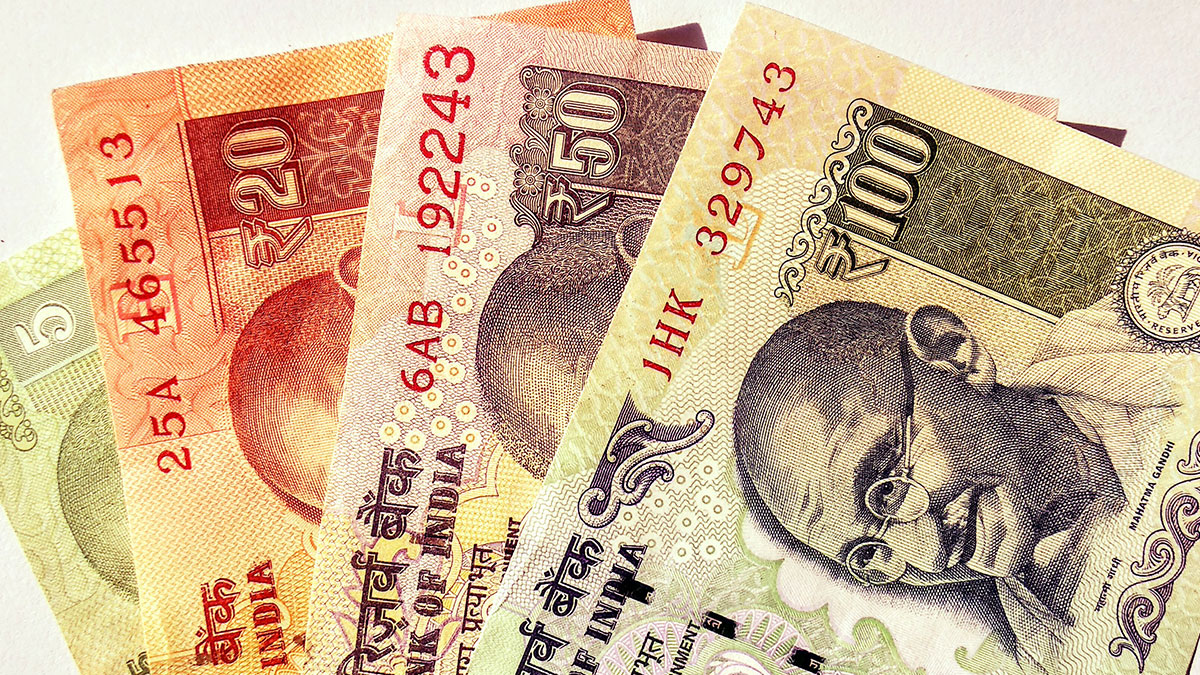The value of the Indian Rupee has fallen considerably against the pound, and the Indian Currency Rate has been relatively low (compared to USD and NZD) in recent years. Let’s take a look at the cause of this, and make a prediction as to how the Rupee will fare in the coming year.
Inflation and Its Effect on the Indian Rupee Exchange Rate
Inflation is a measure of price rise and, over time, it “erodes” the real buying power of money – $100 today buys less than $100 fifty years ago. As is to be expected, people are scared of this and prefer to invest in low inflation, “safer” countries to ensure that their money is still valuable in the future.
Inflation is around 5.11% in India at the current time, and has averaged around a 7% rate of inflation over the last year. This is relatively high, compared to a number of developed countries (to compare, New Zealand faces around 0.8% inflation).
As people are hesitant to invest in a high inflation India, the demand for the Rupee drops. This causes the price to also drop – as less people are competing over Rupees. India’s high current inflation is a likely contributing factor in the low INR to GBP exchange rate.
There is evidence to support the idea that inflation rates are beginning to fall in India, partly due to low oil prices. Such a fall could make investors more confident in the country and increase the value of the Rupee.
Trade Deficit – Devaluing Indian Currency
India currently faces a high current account deficit. In short, this means that the country spends more than it earns on imported goods, borrowing from foreign countries to make up the difference. More Rupees are going out than coming in, and India demands foreign currencies such as the NZD, AUD, and USD to borrow and import goods from respective countries. This leads to high supply of Rupees and low demand, all while increasing the value of other currencies – devaluing the Rupee.
This deficit looks set to continue, but appears to be shrinking somewhat (possibly due to falling oil prices again). This could mean that the value of the Rupee, compared to the pound, could be set to stabilize, or even appreciate.
How the Indian Currency Rate Fares Against Other Currencies
Compared to the AUD, the Rupee has had some strong gains over the last five or so years. This could potentially be due to slow economic growth in Australia and moderate unemployment – causing nervous investors to avoid financing Australian investments.
Compared to the USD and NZD, the INR has been relatively weak, likely due to the economic gains made in New Zealand and the United States following the recession caused the global financial crisis.
This shows that it isn’t just the state of India’s economy that determines the value of the Rupee – it is the state of the Indian economy compared to those of other countries.
Overall, the future of the Rupee remains unclear. Compared to the Pound, it could certainly rise in the coming years, should inflation and the current account deficit continue to fall. Nothing is certain when it comes to the future of currency rates – but you can rely on OrbitRemit to always offer fair rates and low fees for sending money to India and elsewhere around the globe.


Leave a Reply